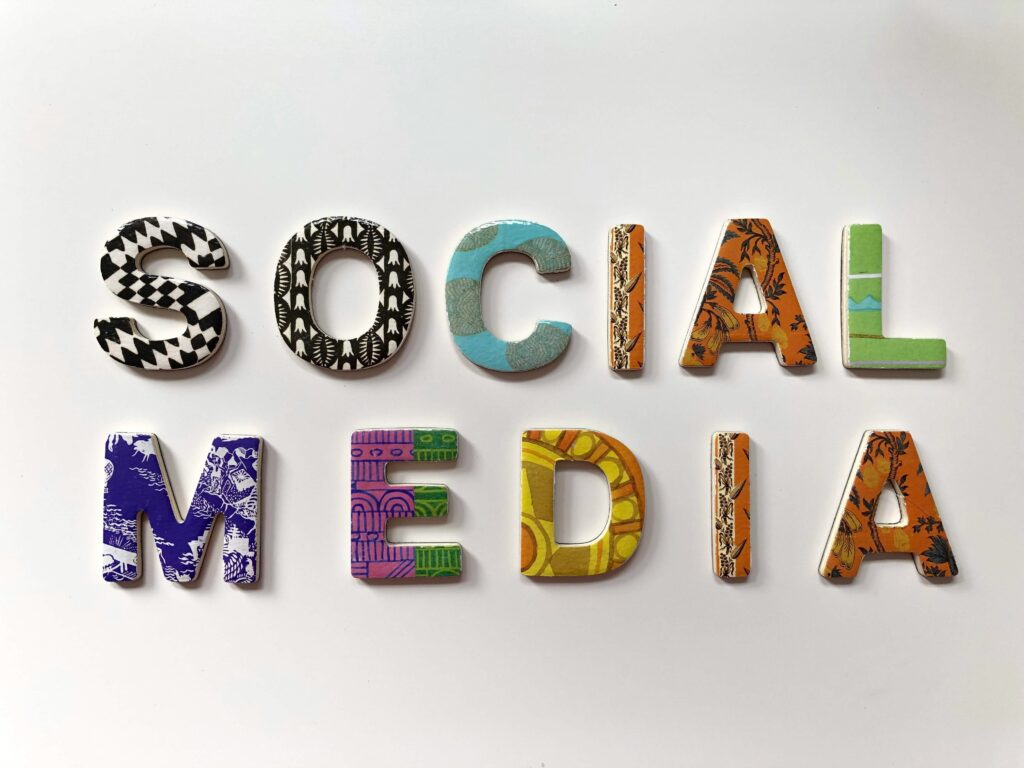How Businesses Like the Oklahoma City Zoo and Botanical Garden Are Embracing Social Media and Its Impact
In today’s digital landscape, businesses of all types are leveraging social media to engage with their audiences, build brand awareness, and drive revenue. The Oklahoma City Zoo and Botanical Garden is a compelling example of this transformation. By embracing social media as a primary marketing tool, the zoo has enhanced its visibility, fostered deeper connections with visitors, and created a new level of engagement that traditional marketing strategies alone could never achieve.
According to Emma Webb, digital media coordinator, the OKC Zoo operates with a small social media team consisting of three people on their events team and three on their graphics team. Greg Heanue is the zoo’s chief marketing officer, Greg Elwell is the public relations specialist, and Candice Rennels is the public relations director. Candice Rennels is also known as the “voice of the zoo,” developing and executing communication with the public.
“Social media is an integral part of the OKC Zoo’s communication strategies and a tool that the Public Relations team uses to engage the Zoo’s audiences and connect people to wildlife and wild places to inspire conservation action,” Rennels said.
According to the University of Utah David Eccles School of Business, social media dominates online activity, with users spending two-thirds of their internet time on social media platforms, where they frequently exchange information about products and services.

“I find out about various events on social media about eighty percent of the time, much more than through most other platforms,” said Dawson Simeroth, a lifetime Oklahoma resident and zoo attendee.
OKC Zoo’s team has recognized the power of storytelling through social media. Platforms managed by Webb, like Instagram, Facebook, TikTok and Twitter, allow the zoo to share captivating stories about its animals, conservation efforts, and educational programs. High-quality images and videos of baby animals, behind-the-scenes glimpses, and interactive content make followers feel more connected to the zoo’s mission.
“On average, every year, we have about 2 million visitors that actually physically visit the zoo. But on social media alone, we’re able to almost quadruple that,” Webb said.
According to a TEDx talk by Chief Marketing Officer and business school professor Mark Burgess, staff members now serve as brand ambassadors, fostering trust through genuine engagement and expanding their organization’s digital presence.
Beyond engagement, social media has directly impacted departments within the OKC Zoo’s team. For example, managing donor relationships requires targeted interactions on Facebook and Instagram to allow the zoo to reach specific demographics. Collaboration with social media specialists ensures that marketing efforts are practical and efficient.
“I am grateful that we have a marketing and a PR team to lean on when it comes to advising us on content and how to get the best stuff out there to connect with our viewers,” said Kelby McLeod, director of annual giving and stewardship.
By blending storytelling, real-time interaction, and strategic marketing, OKC Zoo’s social media team has created an online presence that attracts visitors and fosters a deeper appreciation for wildlife conservation. Organizations that adapt and innovate in their social media strategies will remain at the forefront of their industries, as exemplified by the Oklahoma City Zoo.

Photos by Savannah Schultz
Author: Savannah Schultz
For more information contact at:
Email: lookaliveblog@gmail.com
Insta: Look Alive Blog
Facebook: Look Alive Blog







Comments by Savannah Schultz